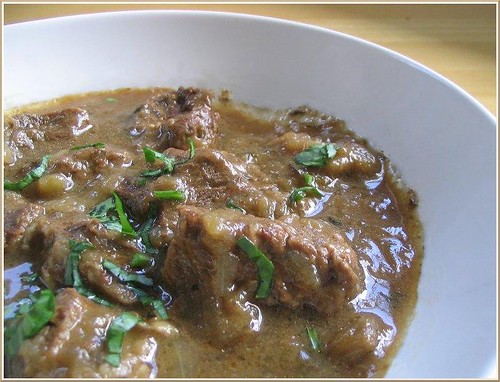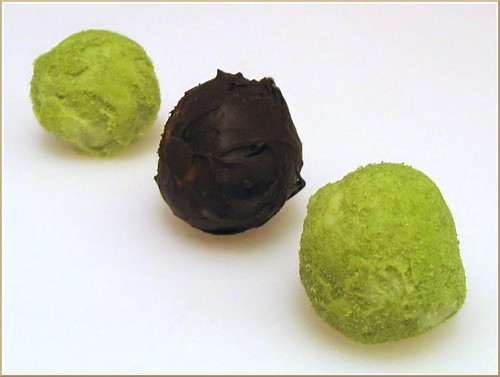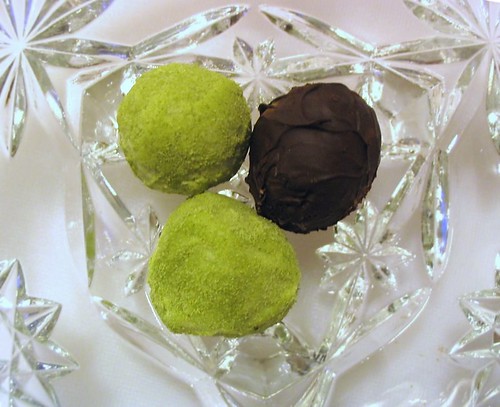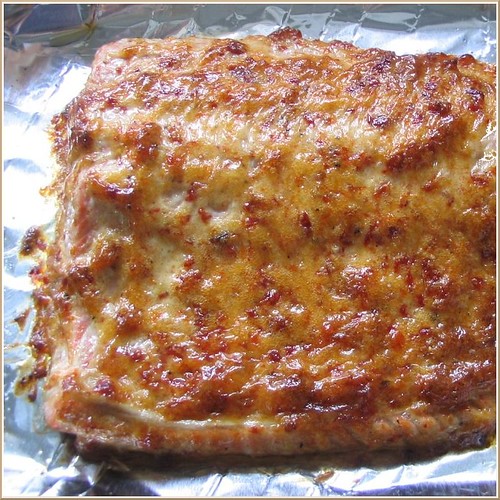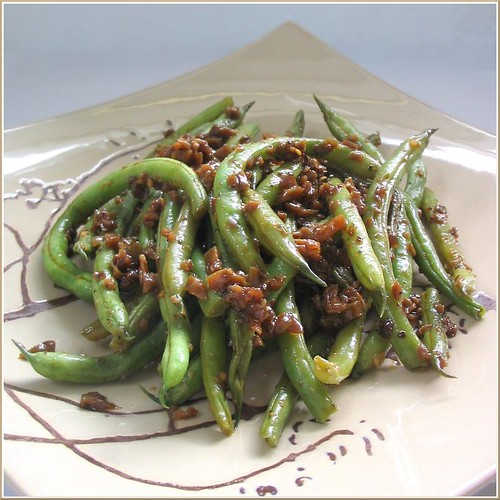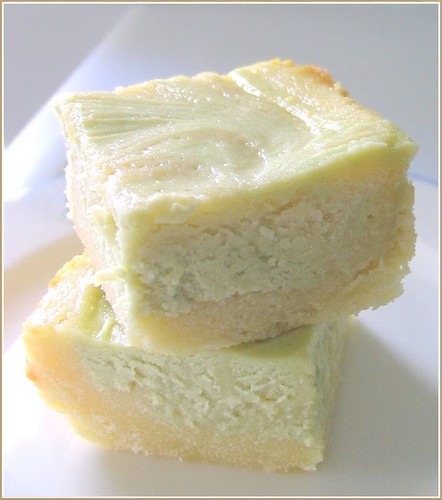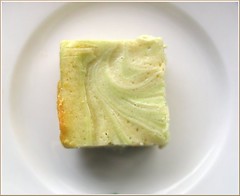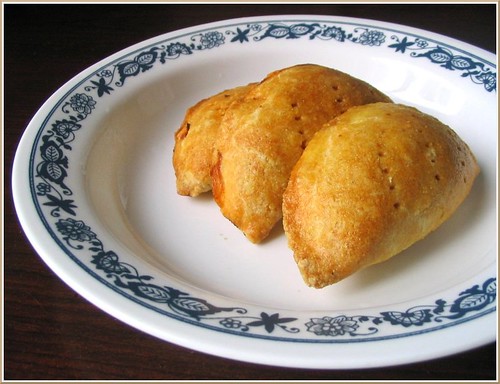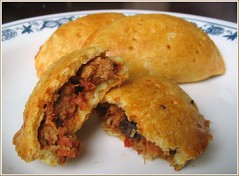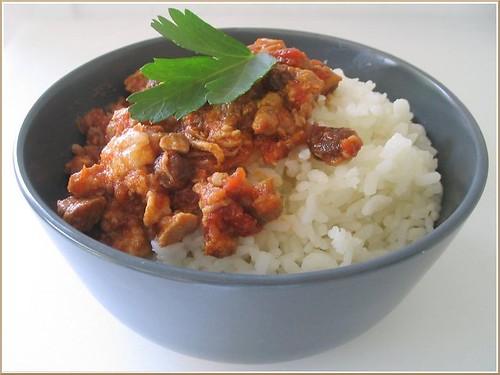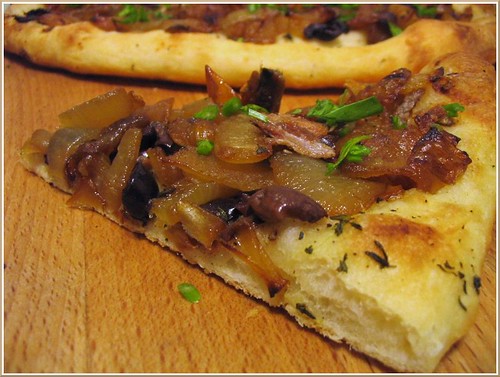
Back in Shanghai, my relatives would make these egg dumplings for a special occasion or big family get together. A thin layer of beaten egg rather than a flour dough is used as a wrapper; think of it like a mini omelet. Traditionally, a wok or a ladle is used to make the egg wrapper and it's a very delicate and time consuming process.
I used way too much egg for the first wrapper and ended up with a thick egg taco. The next few wrappers spread into blobs that resembled various landmasses rather than circles. Many wrappers tore when I tried to close the dumpling, some exploded with filling. After botching almost a dozen dumplings, I finally got the hang of it. A few hours later, I made a little over two dozen dumplings. They were delicious but I would not recommend making them; they just aren't worth the time and effort.
Notes:
- The recipe makes a lot of filling, enough for a full dumpling dough recipe: (3 C flour, 1 C water, 1 tsp salt). Any leftover filling can be stir fried and eaten with rice.
- The mushrooms are cooked first to bring out their flavor and the chives are cooked a bit to wilt them down.
Pork, Chive, and Mushroom Filling
3/4 lb ground pork
3 C packed chopped Chinese chives/leek
1/2 C chopped rehydrated dried shiitake mushrooms
2 Tbsp soy sauce
2 Tbsp Shao hsing rice wine
1 egg
1 Tbsp cornstarch
1 tsp grated ginger
1/4 tsp white pepper
1/2 tsp sugar
Heat 1 tsp of vegetable oil in a nonstick skillet over medium high heat. Add the shiitake mushrooms and stir fry for a minute, then add the chives and cook just until the chives start to wilt (do not cook them fully). Set aside to cool.
Mix everything together to make the filling.
 Egg Dumplings
Egg Dumplings1/2 of the pork and chive recipe
4 eggs beaten with some salt and 4 Tbsp of water/milk
Vegetable oil
Heat 1/2 tsp of vegetable oil in a small nonstick skillet or wok over medium or medium low heat. Add only a tablespoon (resist the temptation to add more) of the beaten egg mixture to the skillet and tilt the egg mixture around to form a very thin circular wrapper about 3 to 3 1/2 inches in diameter. The skillet should be hot enough so that the egg slightly sizzles when it hits the pan. The pan is too hot if the egg sizzles loudly and sets immediately as it hits the pan before you can finish swirl the wrapper. I found that the best technique is a combination of tilting the pan and using the back of the tablespoon to push the egg out to make a circle.
Add a mounded teaspoon of filling to the center of the egg wrapper and use a spatula to flip half of the wrapper over the filling. Press around the crescent edges to seal the filling in as the egg fully cooks. Allow the dumpling to cook for a few more seconds in the pan then set aside. At this point the filling is not cooked. Repeat with making the rest of the dumplings. 4 beaten eggs will make around 26 dumplings.
Traditionally, the dumplings are fully cooked in hot pot or soup but I'm sure you can also steam them to fully cook the filling. I gently boiled them in some chicken stock for about 10 minutes to cook them through.

I ended up making way too much filling because I drew the line at 4 eggs, so I made a flour dough to make stuffed cakes. The dough is a basic dumpling/potsticker wrapper dough. The stuffed cakes are very similar to a potsticker but are circular and bigger.
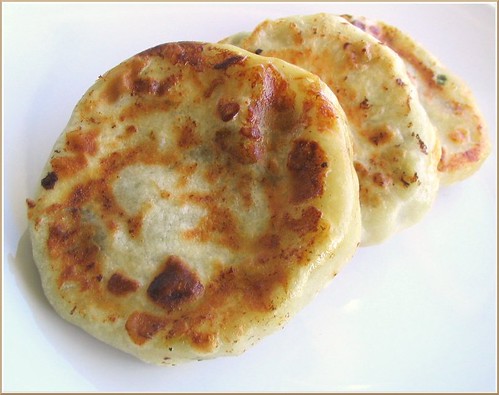
Pork, Chive, and Mushroom Stuffed Cakes
Dough (halved basic potsticker wrapper
1 1/2 C flour
1/2 C cold water
1/2 tsp salt

 Mix the flour, salt, and water together and form a uniform smooth dough.
Mix the flour, salt, and water together and form a uniform smooth dough.Let the dough rest for 30 minutes.
Divide the dough in half and then each half into 4 - 5 pieces. I got about 10 stuffed cakes from this recipe.
Roll a piece of dough into a circle that's about 4 - 5 inches in diameter. Keep the wrapper thicker in the middle and thinner towards the edges.
Add a mounded tablespoon of filling to the center of the wrapper. I wanted to stuff these cakes as full as possible.
Gather up all the edges and pinch close. Then flatten the cake gently into a patty. Set aside on a flour lined sheet and continue to make the rest. Dust off excess flour before cooking. You can also freeze these cakes; first freeze them on a tray then transfer them to a zipper lock bag.
Heat 2 tsp of vegetable oil in a nonstick skillet over medium heat. Pan fry the cakes until both sides are golden brown. Then add 1/4 C of water to the skillet, cover, turn the heat down to low, and steam for 10 minutes. If the pan gets too dry, add another tablespoon of water.
After 10 minutes remove the cover and turn the heat up to medium high. Boil off any remaining water and recrisp both sides.
More dumpling recipes:
Pork and Cabbage Potstickers
Shrimp and Edamame Dumplings (Har Gau)
Sticky Rice Siu Mai
This month's WTSIM is hosted by Johanna of The Passionate Cook. Be sure to check the roundup for more great dumpling recipes.




